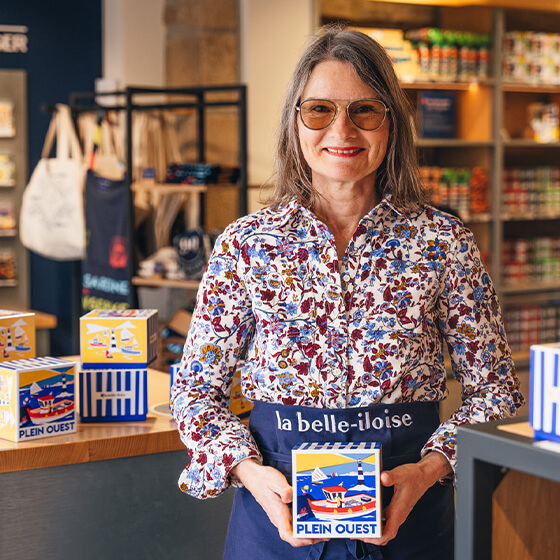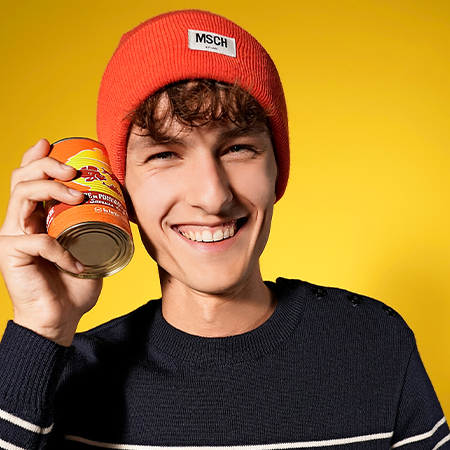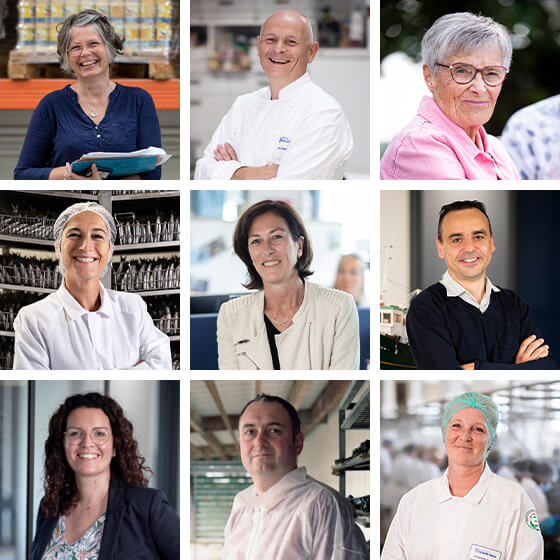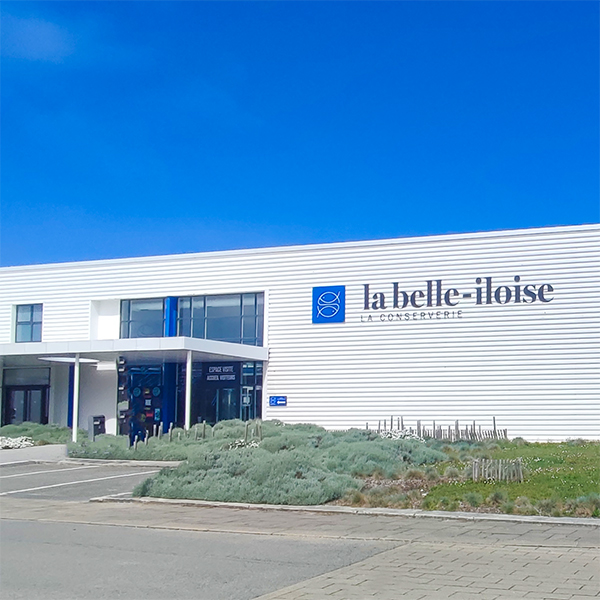Fishing in the most responsible way

Responsible procurement for fisheries with as low an impact as possible
Since the end of the 20th century, the United Nations and scientific experts have been sounding the alarm to humankind about marine life depletion, losses in fish biomass and ocean warming. Today, these environmental issues are a matter for us all. The challenge is to preserve the marine ecosystem while meeting the food needs of a growing global population, which should reach around 10 billion individuals in 2050.*
Fishing more respectfully and sustainably truly is a collective challenge essential for survival, not only for marine flora and fauna but also humankind.
In the face of growing challenges, governments have started to act. The FAO has split the world’s seas and oceans into international fishing zones and enacted a Code of Conduct for Responsible Fisheries.** Meanwhile, the European Union has set up the Common Fisheries Policy**, and the French government is financing the public research institute Ifremer in France.**
In this respect, la belle-iloise is also giving serious thought to the actions it can set up to contribute to these collective efforts.
While we are neither fishers nor scientists, we know our role in this global challenge. Fish is our primary raw material, and even though we simply buy it from others, we can (and should) do our bit to ensure responsible procurement and guarantee the quality of our purchases.
• Firstly: by rigorously monitoring the latest scientific advice and new corporate publications on fishing, which directly impact our purchasing policy.***
• Secondly: by carefully choosing the fishers and partners we work with and who we want to have close relationships with, relationships of trust.
• That means constantly adapting the tins we produce to the catches of the day.
We only take the fish we need and where it is not considered endangered
Environmental organisations such as WWF and Greenpeace call on us all to pay particular attention to the methods and equipment used by fishers, the areas in which fish are caught, and species seasonality and official quotas (quantities of fish available for fisheries) are respected.
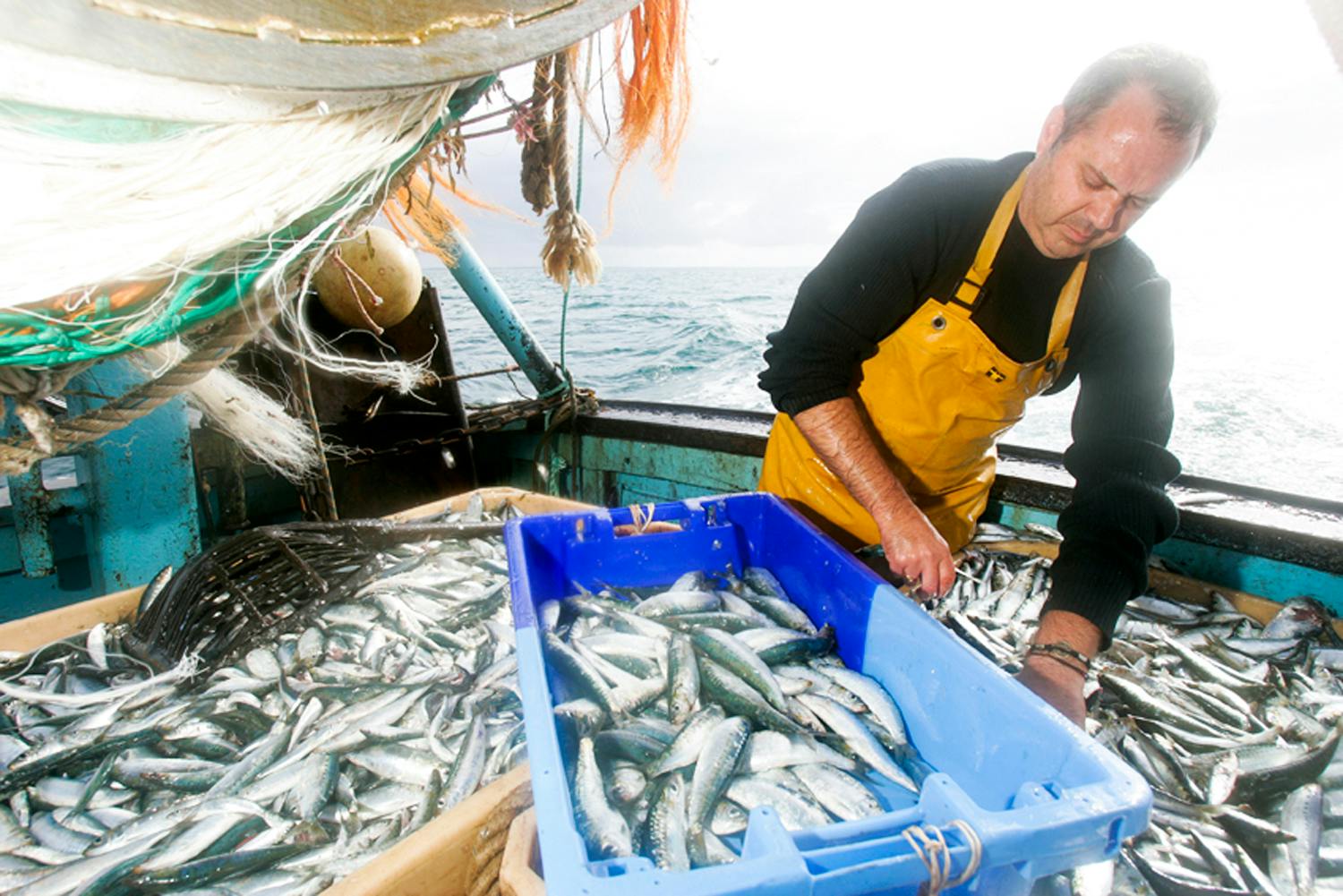
For la belle-iloise, this means the following actions:
- We choose fishers and suppliers that use fishing methods with the least possible impact. For example, for our albacore tuna, we keep a very close eye on ensuring that fish are caught without fish aggregating devices (FAD). We also give preference to line and pole fishing for tuna, as per ISSF scientific recommendations.****
• As we are very attentive to the stock levels of many species in different fishing zones, we set precise purchasing rules: fish must be caught when mature, outside reproduction periods. As such, la belle-iloise will not buy any albacore tuna weighing less than 8 kilograms, which the ISSF considers juvenile****, because they have not yet reproduced. The code of practice for fishing divides tuna into three categories: 0–4 kilograms, 4–7 kilograms and 7 kilograms and more. La belle-iloise took the voluntary decision to increase this requirement to 8 kilograms. It sets us apart as we want to pursue fishing that is as environmentally friendly and sustainable as possible.
• We buy what we need, no more, no less, and as close as possible to us. Depending on the fishing resources and fishing methods used, our fish predominately come from Brittany waters and, by extension, the North East Atlantic Ocean (Area 27) or the South East Atlantic Ocean (Area 47). We then look further afield to other seas and oceans depending on the species and quality we seek.
In 2021, 75% of our sardines were caught in Brittany. Of this number, 35% came from the Quiberon Bay, close to our production workshops. The remaining 25% was caught in the Bay of Biscay along the Loire-Atlantique, or in the English Channel.
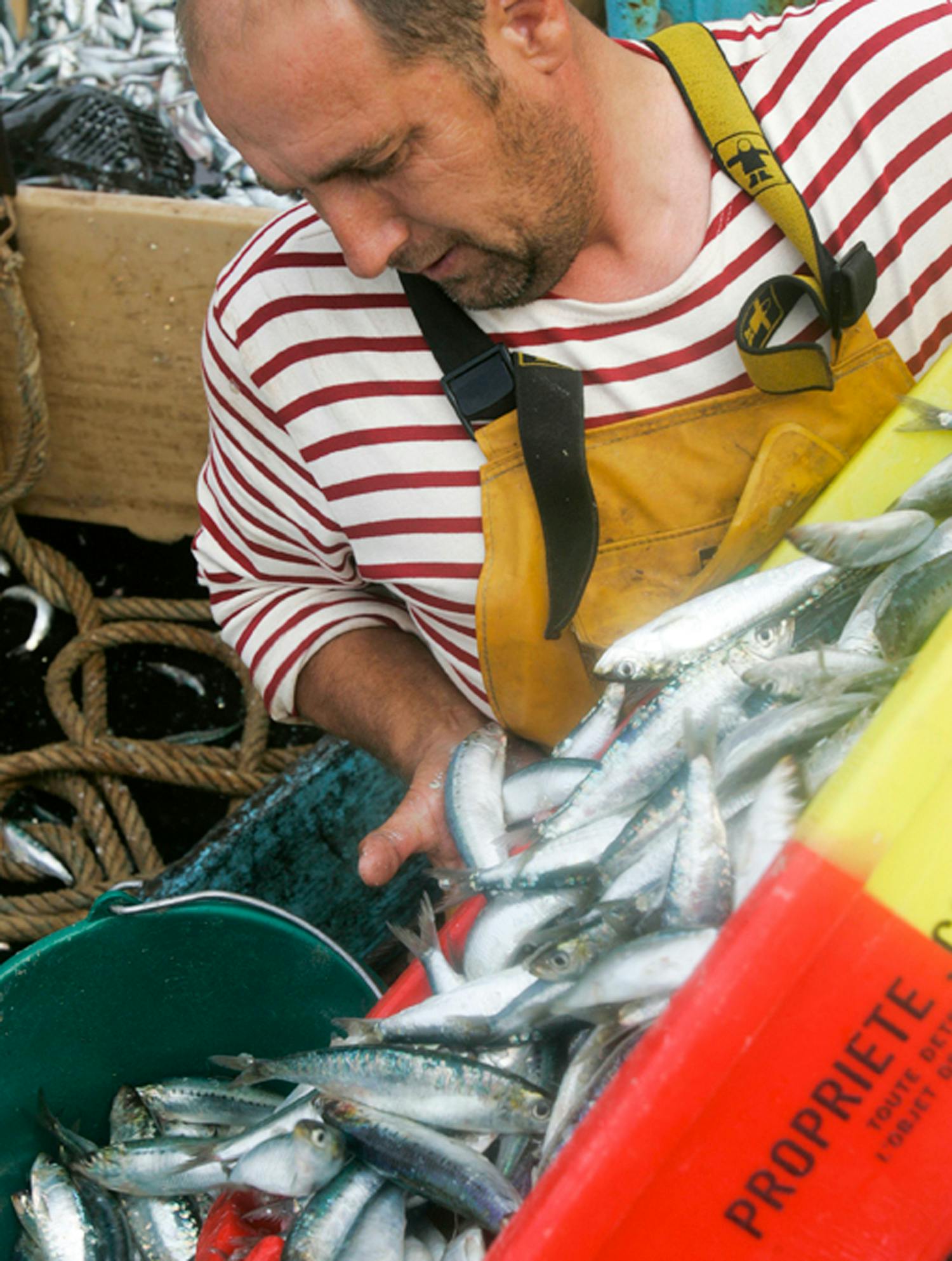
The cornerstone to the sustainable management of the seas and its resources lies in complying with EU rules and scientific advice and setting selection and sustainability criteria for fishing processes and our purchases. And in the longer term, we hope to reverse the current trend.
The only certainty we have at this stage is that by pooling the efforts of all stakeholders in the fishing industry, we can contribute to slowing the tendency resulting in species depletion and help reduce the damage to the marine environment.
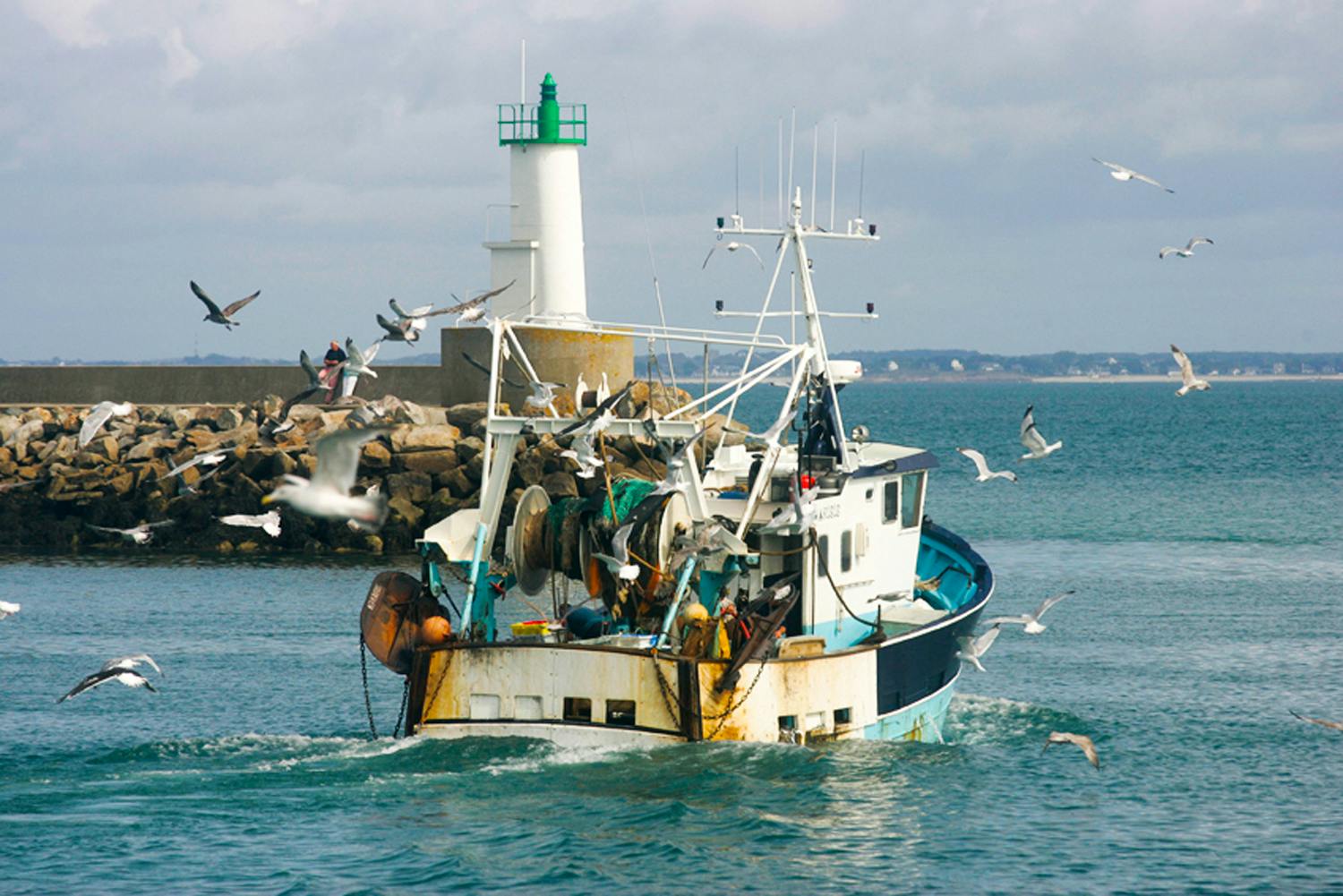
To go even further.
Sources:
* The World Population Prospects 2019 report is the 26th and most recent report drawn up by the United Nations (UN) on past population growth and projections. It stipulates that by 2050 there will be 2 billion more people on Earth — 9,735,034,000 individuals. This figure is almost four times more than in 1950, when humans numbered 2,536,431,000. This exponential population growth, and changes to population distribution between different countries, will directly affect the UN’s Sustainable Development Goals (SDG), adopted worldwide in 2015 by governments and civil society to improve the quality of life on Earth.
(**) The Food and Agriculture Organization (FAO) of the United Nations was created in 1945 and is specialised in assisting with the development of and making improvements to the standard of life, nutritional status and crop productivity in the world. In 1995, the FAO adopted a Code of Conduct for Responsible Fisheries that sets out international standards for governments and those in the fishing sector to promote responsible supply practices and the responsible management of fishing resources.
The Common Fisheries Policy (CPF), launched in 1983, is an EU policy that concerns 22 Member States (the five other Member States do not have direct access to the sea). Its aim is to regulate the uses of this shared heritage: the marine environment and its fishing stocks. The policy was revised in 2002; its aim was essentially to ensure the economic sustainability of fisheries by guaranteeing jobs and stable income to fishers. In 2013, the EU decided to introduce a new CFP that had a greater focus on the environmental sustainability of fisheries and aquaculture.
The French research institute for exploitation of the sea (IFREMER), founded in 1984 by the French government, is a public entity operating under the aegis of the Ministry for Ecological Transition and the Ministry for Higher Education, Research and Innovation. The research and studies that its scientific experts carry out enable a better understanding of the sea and its flora and fauna for sustainable exploitation of its resources.
*** As a cannery that operates in the agrifood industry, la belle-iloise closely monitors and scrupulously follows the recommendations of the International Council for the Exploration of the Sea (ICES), which are also communicated by the French confederation of industries that processes maritime fishery products (CITTPPM).
**** The International Seafood Sustainability Foundation (ISSF) was created in 2009 as a non-profit organisation as an international intermediary between tuna industry players, scientists and the WWF. It provides the various stakeholders in the fishing industry with scientific recommendations to help environmental organisations promote tuna fishing that is more environmentally friendly and tackle illegal, unregulated fishing. In particular, the ISSF recommends that pole-and-line fishing be used for tuna: meaning that every tuna caught must be hooked individually.
The ISSF considers that albacore tuna (Thunnus alalunga) is only mature when it exceeds 8 kilograms and measures a minimum of 75 centimetres. It will only reach this weight at two years old when it has already reproduced once. For a female, that means at least a million eggs will have been released. With the next generation of tuna assured, fishing becomes possible.

